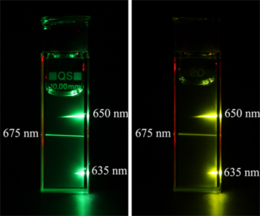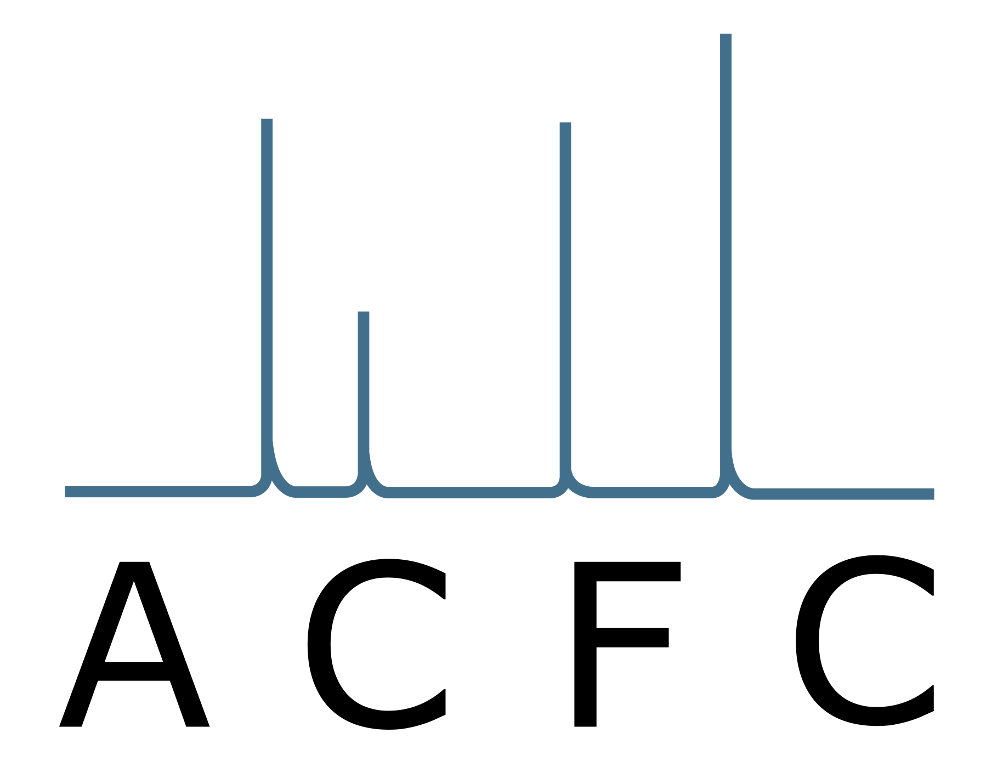Upconversion

Anti-Stokes emission (i.e. generation of light of higher energy upon excitation of the material with light of lower energy) is not only a fascinating phenomenon but also has a number of features very attractive for practical applications. Thus multi-photon probes and probes based on lanthanide upconversion proved to be very useful for microscopic applications since they not only allow for complete elimination of background fluorescence but also enable excitation with NIR light which can penetrate deeper inside the tissues. Notably, multi-photon probes still require very high energy for the excitation and their applications is limited to microscopy. Our group developed and applied together with collaboration partners from University College Cork several bright 2-photon oxygen nanoprobes which enable both ratiometric and self-reference lifetime read-out. [1, 2] In contrast to these probes, those based on lanthanide upconversion require significantly lower energy of the excitation light and therefore applications going beyond microscopic imaging, e.g. as invisible markers in anti-counterfeiting applications. Triplet-triplet-annihilation-based (TTA) upconversion represents the second upconversion type which is based on purely organic or metal-organic compounds and requires excitation energies comparable to those of the sunlight. Due to this property this process is of much interest for photovoltaic applications since it can enable to convert low-energetic unused light into light with higher energy useful for photovoltaic and water-splitting devices. The research of our group has been focused on development and application of the new materials based on lanthanide and TTA upconversion.
